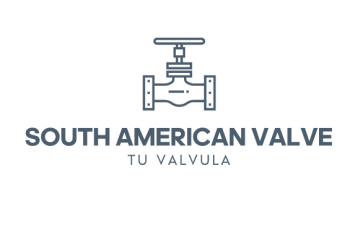Foot Valve
South American Valve stands as the leading foot valve manufacturer in Brazil
A Foot Valve is strategically placed at the bottom of a suction line to effectively thwart the backflow of fluids. This specially designed valve permits the unidirectional flow of fluids into a pumping system while steadfastly preventing the reverse flow when the system is inactive.
This is a widely spread foot valve manufacturer in Brazil where foot valves open in one direction and close off when the direction of flow is reversed. That means that in applications like a well, the water can only be extracted out of the well. Any water that is remaining in the piping will not be allowed to flow backward through the valve toward the well.
South American Valve provides a wide range of foot valve manufacturer in Brazil. The valve keeps the fluid trapped in the suction pipe when the pump stops, thus sustaining a suitable prime for the pump, and preventing pump burnout. When the pump restarts, suction opens the foot valve.
Advantages:
•It protects water pumps from damage caused by dry runs, as well as reduces energy waste.
•less expensive to use than other valves used to prime a pump.
•They are inexpensive and lightweight.
•Foot valves of high quality can help water pumps last longer.
Industries:
•Oil and Gas Industry
•Pipeline Industry
•Marine Industry
•Power Industry
•Nuclear Industry
•Mining Industry
•Chemical Industry
•Petrochemical Industry
Parts:
•Foot valve body.
•O-ring.
•Foot valve cover.
•Spring.
•Valve seat.
•Plunger assembly.
•Diaphragm.
•Plunger guide.
South American Valve provides a wide range of foot valve manufacturer in Brazil. The valve keeps the fluid trapped in the suction pipe when the pump stops, thus sustaining a suitable prime for the pump, and preventing pump burnout. When the pump restarts, suction opens the foot valve.
Description:
Available Materials: SS304, SS316, Cast Iron and Ductile Iron, WCB
Class: 150 to 300
Nominal Pressure: PN10 to PN63
Size: 1/2” to 24”
Ends: Flanged, Threaded
Foot Valve


